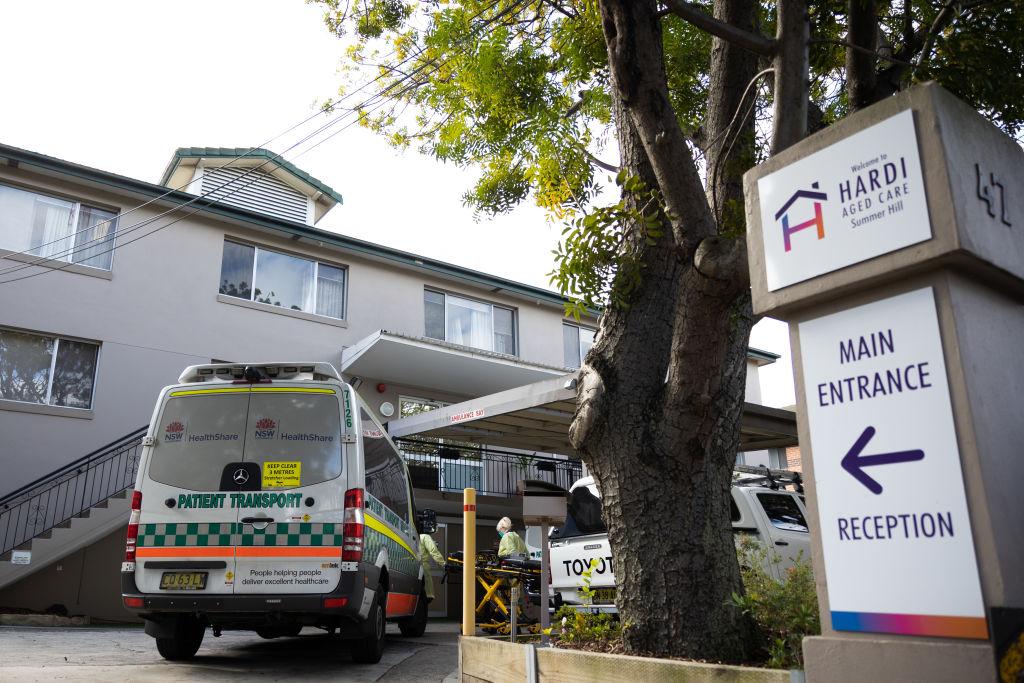Australia’s aged care sector will cost the country $5 billion (US$3.36 billion) more in 2022-2023 and is expected to put more pressure on the government budget in the coming years.
The 2023 federal budget to be released on May 9 will feature aged care services as the fifth-largest area of government spending.





